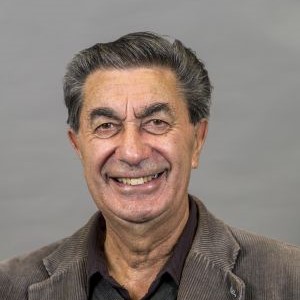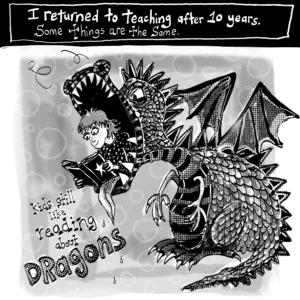



It is widely acknowledged that engaging whānau and community in educational activities that support the learning of their children is mutually beneficial. It is also acknowledged that this is not always straightforward.
Engaging parents, whānau and hapori (communities) can be complex given the range of dominant cultural perspectives frequently embedded within the educational conundrum. To make this partnership for learning possible, it is necessary to recognise that the system has a long history of not being open to working together with whānau and hapori as equal partners. Addressing this imbalance is a shared responsibility.
We can gain insight by looking at other educational contexts that have successfully facilitated wider engagement. A recent overseas study1 explored how an Indigenous intervention programme delivered in British Columbia, Canada, was able to be authentically implemented in diverse communities.
The study uncovered three notable themes to fostering the active engagement of family. The first theme, overcoming mistrust, involves understanding the history of the situation. It involves working hard to gain trust and reflecting on one’s own possible personal biases and privileges. The second theme, being willing to reach out and build relationships, is about nurturing relationships with cultural leaders in the community, offering choices and sharing power, and supporting and engaging the whole family. The third theme, resisting imposing a universal way of knowing, encourages the use of strength-based vernacular, drawing on timely, non-judgemental processes and adapting these processes so as to “fit” the community. Basic messages that would resonate with the Aotearoa context, I would contend.
In my book Kia hiwa rā! Listen to culture2, I refer to the notion that “people in the community are excellent resources”. I use the example of how a well-known taiaha exponent was invited to a school to share his knowledge and skills with a group of learners. He took the group through a wānanga on the practical and spiritual insights of traditional weaponry. “Reaching out” and “inviting in” a community leader raised the learners’ desire to attain mastery and whetted their appetite for consuming new knowledge.
The closer the whānau moves toward the education of their tamariki, the greater potential there is for the learner to taste success.
The closer the whānau moves toward the education of their tamariki, the greater potential there is for the learner to taste success – and success breeds success. Success may be manifested in academic progress, fewer behaviour challenges, increased self-esteem and social skills, better attendance and improved attitude. The paragons for this model are the immersion settings – kōhanga reo, kura kaupapa Māori and whare kura – where whānau are integral.
The way whānau react and interact differs. There are no hard and fast rules for linking the culture of the whānau with the education context and vice versa, but there are recommended processes. The first recommendation is knowing the background of the whānau and the history of the mana whenua. Other considerations include using moderate language (gentle in tone and pitch), being personable and warm, and being honest. If unfamiliar with cultural protocols then say so, and concede that mistakes may occur.
“He moana pukepuke e ekengia” is a whakataukī that refers to navigating a choppy sea. An additional message is that it is good that we learn from our mistakes, as this will encourage us to get better at crossing boundaries among culturally different contexts, within one nation.
Dr Angus Hikairo Macfarlane (Ngāti Whakaue) is Professor of Māori Research at the University of Canterbury.
1. Gerlach, A., Browne, A., & Greenwood, M. (2017). Engaging Indigenous families in a community based Indigenous early childhood programme in British Columbia, Canada: A cultural safety perspective. Health and Social Care Community, 25, 1763-1773.
2. Macfarlane, A. (2004). Kia hiwa rā! Listen to culture: Māori students’ plea to educators. Wellington: NZCER Press.
Related Posts

After a decade away from the whiteboard, educator and comic artist Indira Neville has returned to teaching – and she’s drawing about it. In this comic series, Indira shares a glimpse into her days at school, capturing what’s changed, what’s stayed the same and what she never saw coming.

The key obligation for governments is to resource the early childhood care and education sector in order to provide high quality, culturally sustaining provision, since research has reinforced that this serves both individual and societal long-term wellbeing. So why are they not doing this?

While headlines continue to debate the state of education, and political conversations turn increasingly towards blame and constraint, the reality is that our teachers are holding together a system under pressure with the strength of their care, professionalism and deep commitment to every child who walks through the door.

From making lanterns and sharing kai to discos, art auctions and kapa haka, there are many different ways to celebrate Matariki and Puanga. Ako asked five kura from around Aotearoa how they mark this special time of year.